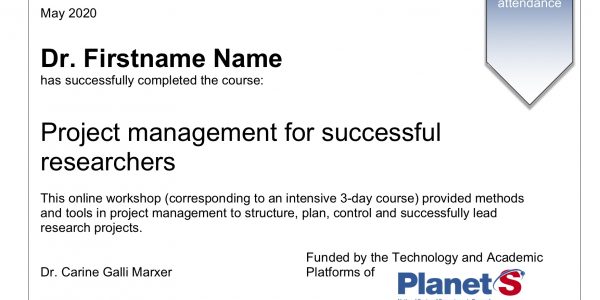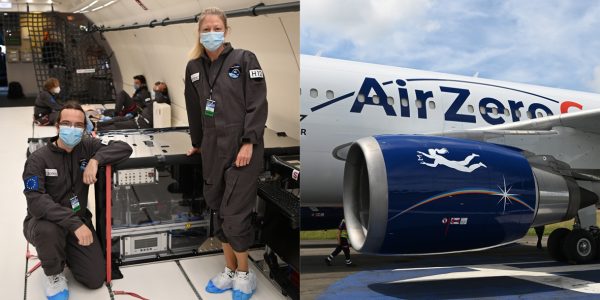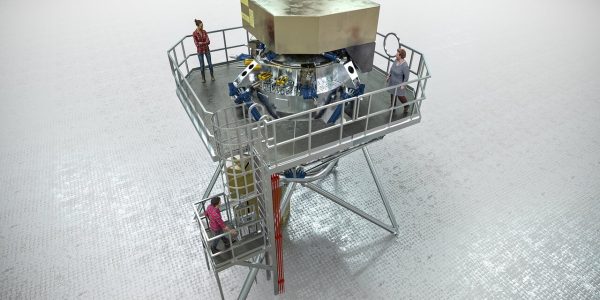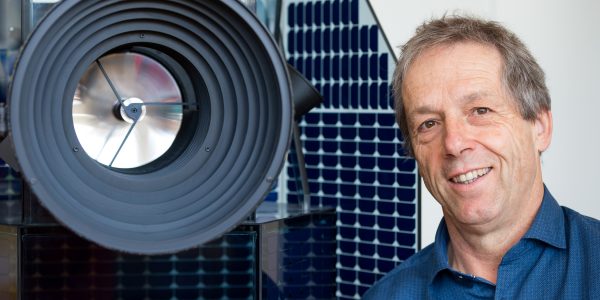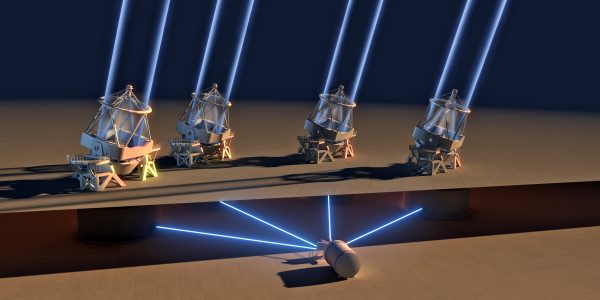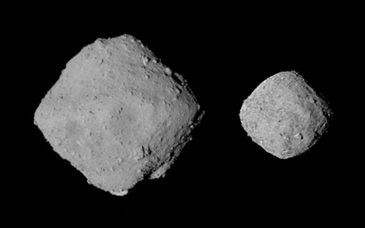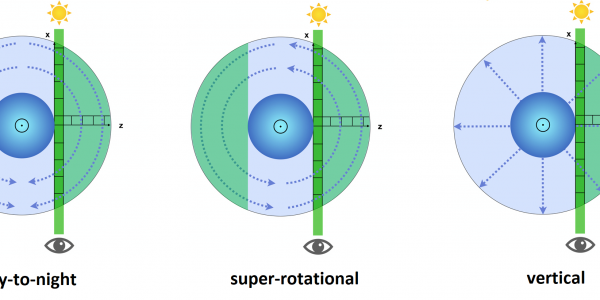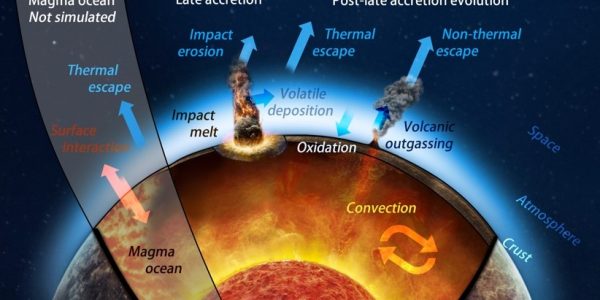News
Course of Project Management (PM) for PlanetS
The PM course successfully took place in Avril/May 2020. Initially proposed to PlanetS collaborators as a mixed online-onsite course but, due to the extraordinary Covid-19 situation, it was re-shapes to a 100% online. The main objective of the course was to give the basic PM methods to participants that can be applied in their current […]
Continue ReadingPlanetary research in weightlessness
In a laboratory of a special kind, researchers from the National Centre of Competence in Research PlanetS were able to conduct experiments on planet formation on board the fourth Swiss parabolic flight campaign. It is a cool, cloudy morning at the military airfield in Dübendorf. The fourth Swiss parabolic flight campaign is about to launch […]
Continue ReadingELT METIS Instrument Passes Design Milestone
METIS, the powerful imager and spectrograph for the European Southern Observatory’s Extremely Large Telescope (ELT), has passed its Preliminary Design Review. METIS, short for Mid-infrared ELT Imager and Spectrograph, will make full use of the giant main mirror of the telescope to study a wide range of science topics, from objects in our Solar System […]
Continue ReadingEditorial
As measures are taken to slowly return to normal life, the amount of damage caused by the Covid-19 on people’s life and economy is starting to show. Help is needed everywhere and is being provided as best as possible by the authorities, but anxiety remains as to how tomorrow will be. This uncertainty about […]
Continue ReadingESPRESSO confirms the existence of an exo-Earth 4 light-years away
An international team of experts, including researchers from the NCCR PlanetS, has confirmed the existence of the Proxima b extrasolar planet using measurements from the Swiss-built ESPRESSO spectrograph. The existence of a planet the size of Earth around the closest star in the solar system, Proxima Centauri, has been confirmed by an international team of scientists […]
Continue ReadingHow we might search for life in the future
The “LIFE” mission, proposed by PlanetS researchers, could help answer questions about the habitability of our cosmic environment by employing a direct approach. When looking up at the sky at night, sooner or later the inevitable question arises: “Are we alone?” So far, science has not found the answer, even though it has been certain […]
Continue ReadingOrigin of two “cosmic diamonds” clarified
“Bennu” and “Ryugu” are two near-Earth asteroids with a diamond-like shape, the origin of which has long been a mystery. Now simulations of asteroid break-ups show how the special shape came about. The results could also help to better understand the processes involved in the formation of the Earth. Around four and a half billion […]
Continue ReadingVenture Kick : CHF 5,000,000 to kick Swiss startups to global markets The philanthropic initiative Venture Kick provides up to CHF 150,000 in seed funding to Swiss startups. In addition, it offers a well-structured entrepreneurial path towards building a winning business. Startups pitch to expert juries at three stages to obtain funding, gaining direct feedback, […]
Continue ReadingOtherworldly winds
A group of scientists led by the NCCR-PlanetS and the University of Geneva, investigated wind patterns of an exoplanet with extreme conditions. Their insights may also help us understand the atmospheres of other worlds. Including our own. Imagine you were looking down upon the Earth from space. Your task would be to discern the general […]
Continue ReadingWhy Earth is the Blue Planet
An international team of scientists, with participation of PlanetS and ETH Zurich, investigated the origin of water on Earth. Their results suggest that it has been here all along. Is the abundance of water on Earth special? The exploration of other rocky planets and their discovered lack of surface water indicates that it is indeed. […]
Continue Reading
